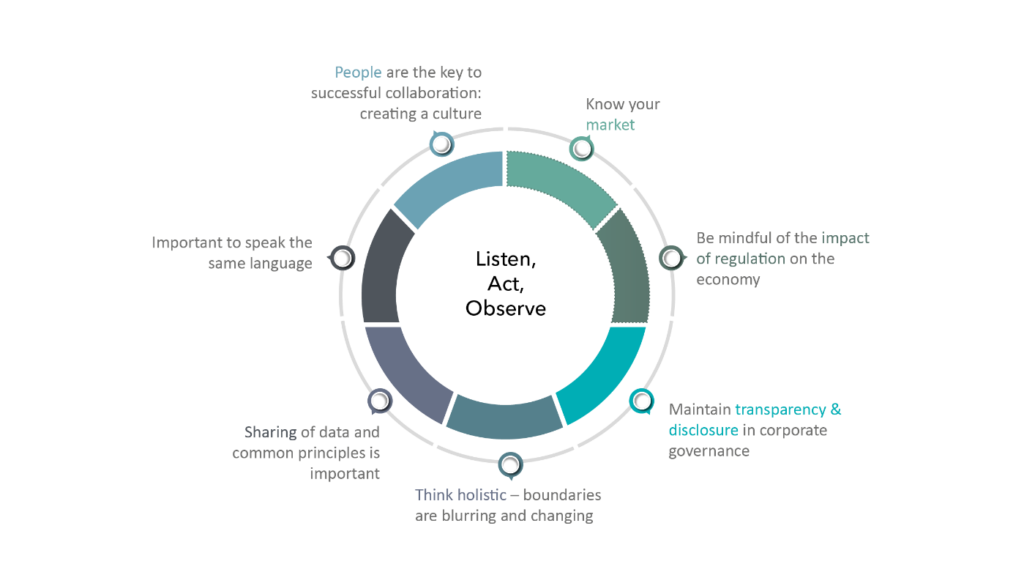What are the ingredients of meaningful, outcome-based collaboration?
On the regulatory horizon, G5 is the next frontier. A few countries have already started the journey and their experiences can light the way to others coming after them. Various countries (including Croatia, France, Kenya, Pakistan, Russian Federation and Uganda) have shared their insights with ITU on the smooth or rough transition towards enhanced regulatory collaboration.
Several important points have recurred repeatedly, emphasizing their importance in the process:
- Stakeholders have a key role to play at all stages of the regulatory process, from consultation to prototyping to picking the top regulatory options.
- Regulatory oversight vs stakeholder input: the regulatory process is becoming an ongoing conversation and channel the expertise, views and expectations of all market stakeholders.
- Striking a balance between effective listening to the feedback from the private sector and peer regulators, on one hand, and regulatory mandates and imperatives, on the other, will be central to forging failure-proof regulatory rules.
- A bottom-up approach to rule making is a stark characteristic of collaborative regulation. Participative leadership and shared thinking are likely to provide better outcomes than power structures. Regulators of any breed also need sufficient capacity to have impact. Synergies across institutions can help augment regulatory capacity and provide a shortcut to common regulatory goals.
- Collaborative regulation is a philosophy evolving around active listening, joint exploration and weighing of options, evidence-based decision-making and active monitoring of trends, markets and regulatory impacts. Organic collaboration is only possible when a set of important criteria are met.
Collaborative regulation: an actionable philosophy

Keep reading: Global ICT Regulatory Outlook 2018
